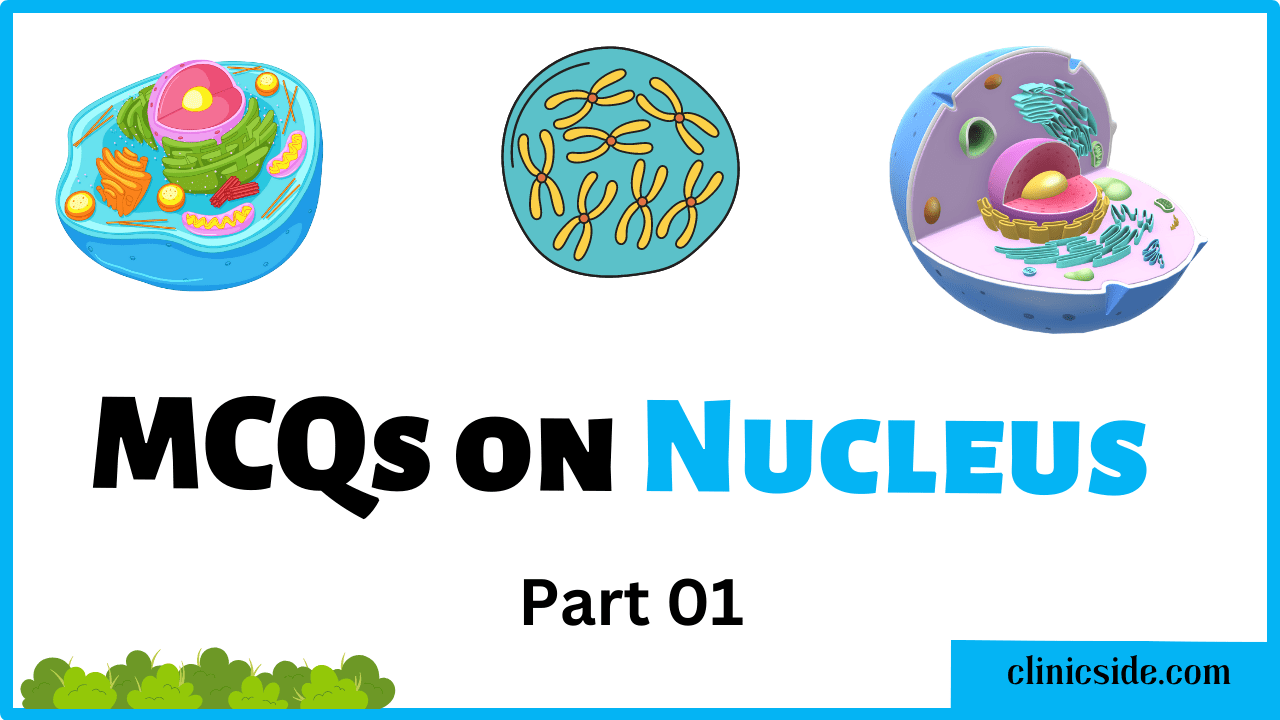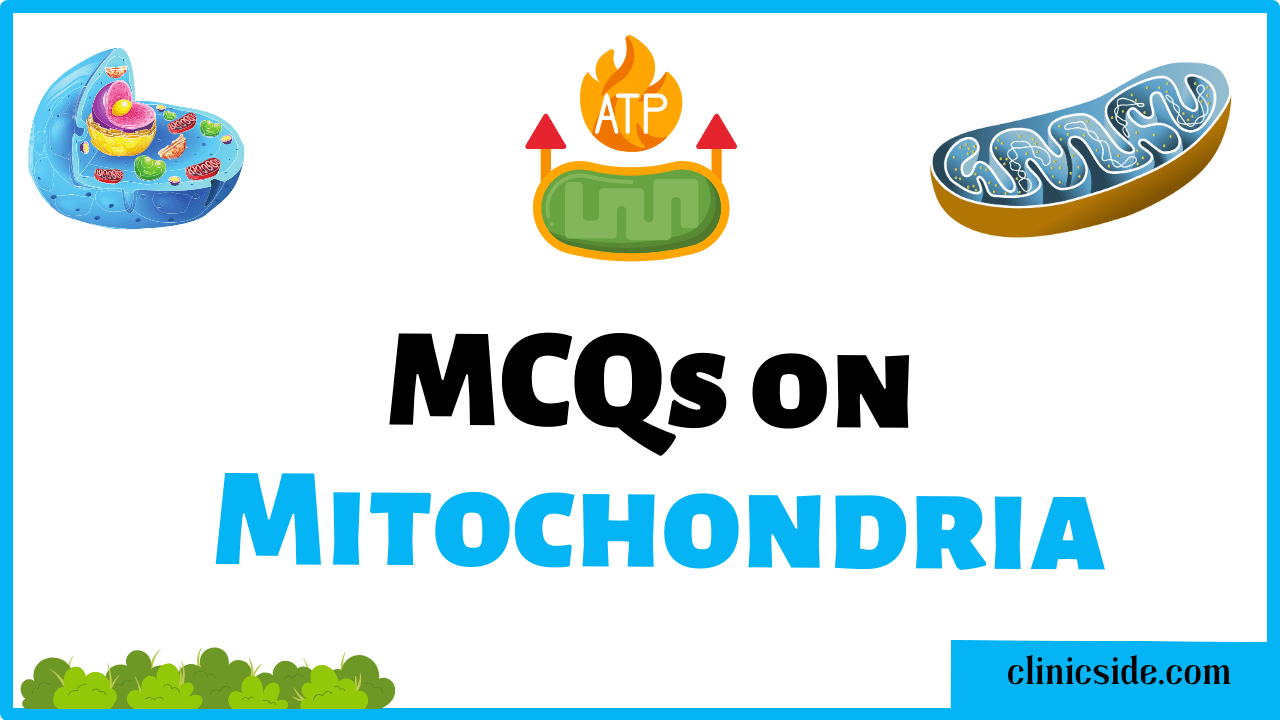Quiz
Available options: 1 to 23
Pre-Quiz Discussion On DNA Replication:
I. DNA Replication
DNA replication is a fascinating process that plays a crucial role in preserving genetic information. Understanding the intricacies of DNA replication is essential for excelling in MCAT biology.
Key Steps:
Initiation:
To begin the process, DNA helicase unwinds the double helix, separating the two strands. This unwinding occurs at specific regions called origins of replication. Single-strand binding proteins stabilize the separated strands, ensuring they remain open and accessible for replication to occur.
Elongation:
During the elongation phase, DNA polymerase adds nucleotides to the newly forming DNA strands in the 5′ to 3′ direction. This means that DNA is synthesized by adding nucleotides to the free 3′ end of the growing strand. Interestingly, the leading strand is synthesized continuously, while the lagging strand is synthesized in short fragments known as Okazaki fragments.
Termination:
As the replication forks move along the DNA strands, they eventually converge, signaling the termination of DNA replication. To ensure the completion of the process, DNA ligase seals the nicks between the Okazaki fragments, resulting in two complete DNA molecules.
Enzymes Involved:
Several enzymes are involved in the intricate process of DNA replication. DNA helicase is responsible for unwinding the double helix, while DNA polymerase adds nucleotides to the growing strand. Primase synthesizes RNA primers essential for initiating DNA synthesis. Additionally, DNA ligase seals the gaps between the Okazaki fragments, and topoisomerase helps relieve the tension caused by the unwinding of DNA strands.
II. Transcription:
Overview:
Transcription, a key aspect of gene expression, involves the conversion of DNA into RNA. Understanding transcription is vital for MCAT biology preparation as it lays the foundation for the subsequent process of translation.
Key Steps:
Initiation:
Transcription begins when RNA polymerase recognizes and binds to the promoter region of a gene. This binding allows the DNA double helix to unwind, exposing the template strand that will serve as a blueprint for RNA synthesis.
Elongation:
During the elongation phase, RNA polymerase adds complementary RNA nucleotides to the growing RNA molecule. The synthesis occurs in the 5′ to 3′ direction, similar to DNA replication. As RNA polymerase moves along the DNA template, a complementary RNA strand is formed.
Termination:
Transcription reaches its conclusion when RNA polymerase encounters a specific sequence known as the terminator sequence. At this point, the newly synthesized mRNA molecule is released, and the transcription process is complete.
Types of RNA:
Several types of RNA play distinct roles in protein synthesis. Messenger RNA (mRNA) carries the genetic information from DNA to the ribosomes, where proteins are manufactured. Ribosomal RNA (rRNA) forms an integral part of the ribosome structure. Transfer RNA (tRNA) molecules ferry amino acids to the ribosome during translation.
III. Translation:
Overview:
Translation is the fascinating process through which the information encoded in mRNA is translated into a chain of amino acids, ultimately forming a functional protein. MCAT preparation demands a solid understanding of translation for success in the biology section.
Key Steps:
Initiation:
During the initiation process, the small ribosomal subunit attaches to the mRNA molecule. The initiator tRNA, carrying the amino acid methionine, recognizes the start codon on the mRNA and pairs with it. Subsequently, the large ribosomal subunit joins, forming a functional ribosome.
Elongation:
In the elongation phase, transfer RNA (tRNA) molecules bring specific amino acids to the ribosome. The ribosome catalyzes the formation of peptide bonds between adjacent amino acids, synthesizing a polypeptide chain. The ribosome travels along the mRNA, reading each codon and adding the correct amino acid.
Termination:
Translation concludes when the ribosome encounters a stop codon on the mRNA. Upon reaching the stop codon, a release factor binds to the ribosome, leading to the detachment of the polypeptide chain. The newly synthesized protein is then released, and the process of translation is complete.
Genetic Code:
The genetic code is the set of rules that dictate the correspondence between codons (sequences of three nucleotides) and specific amino acids. For example, the codon AUG codes for the amino acid methionine and serves as the start codon, starting off protein production.
Understanding the intricacies of DNA replication, transcription, and translation is vital for MCAT preparation. These molecular processes ensure the accurate flow of genetic information from DNA to functional proteins. By mastering these concepts, aspiring medical students gain a solid foundation in cellular biology and genetics.
Test Guidelines and Time Limit:
Guidelines for Maximizing Your Quiz Experience:
Read and Understand:
Carefully read each question related to DNA Replication and ensure you have a clear understanding of the concepts before selecting your answer. This will help you make informed choices and avoid misconceptions.
Choose the Best Answer:
Evaluate all available options before selecting the one that aligns best with your knowledge of DNA Replication. Strive for accuracy and relevance in your responses.
Time Management:
The quiz has a time limit based on the number of questions you choose. Allocate 45 seconds per question. Manage your time wisely to complete all questions within the allotted time.
Efficient time management increases your likelihood of successfully completing the quiz and submitting your answers within the designated timeframe. Best of luck!






